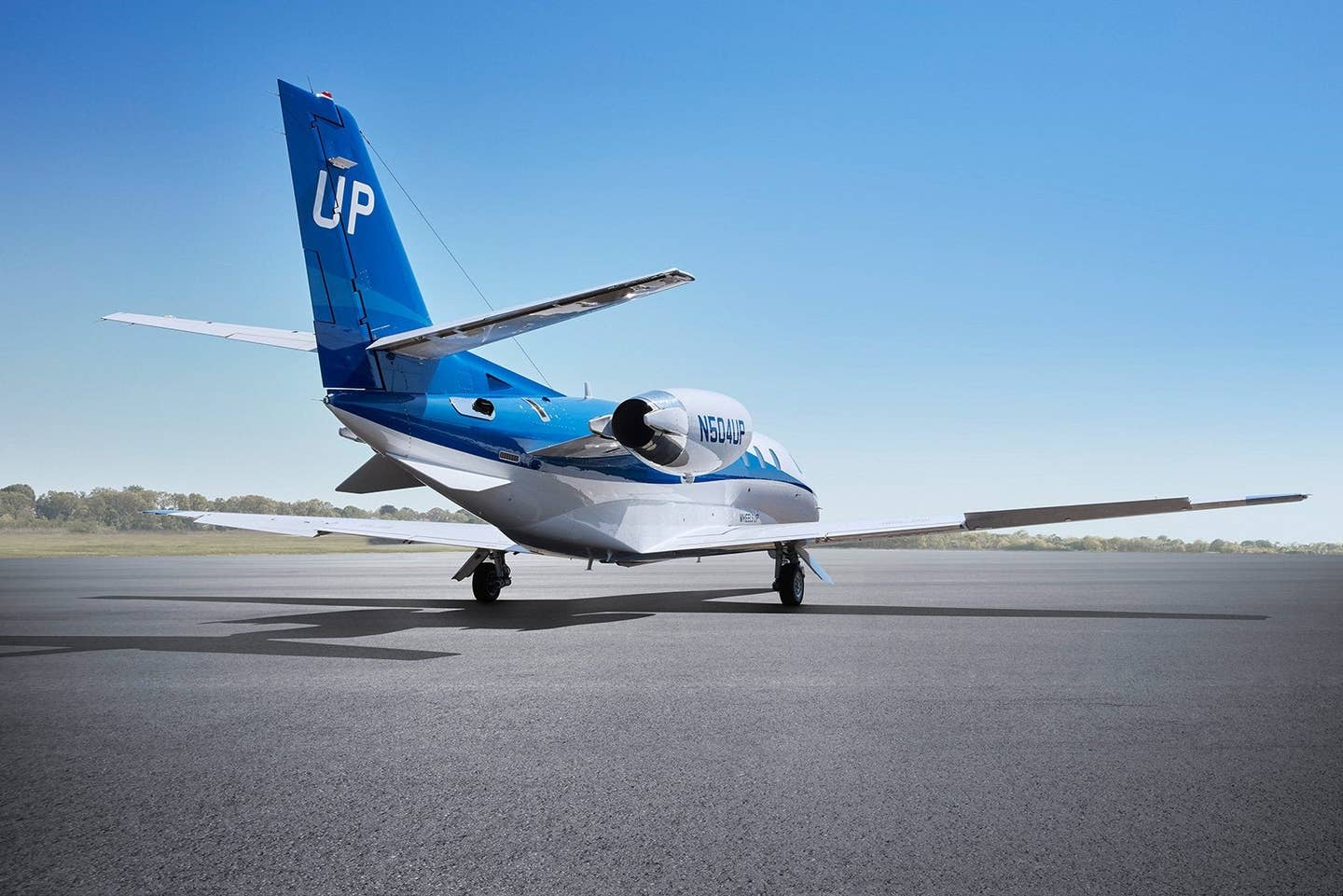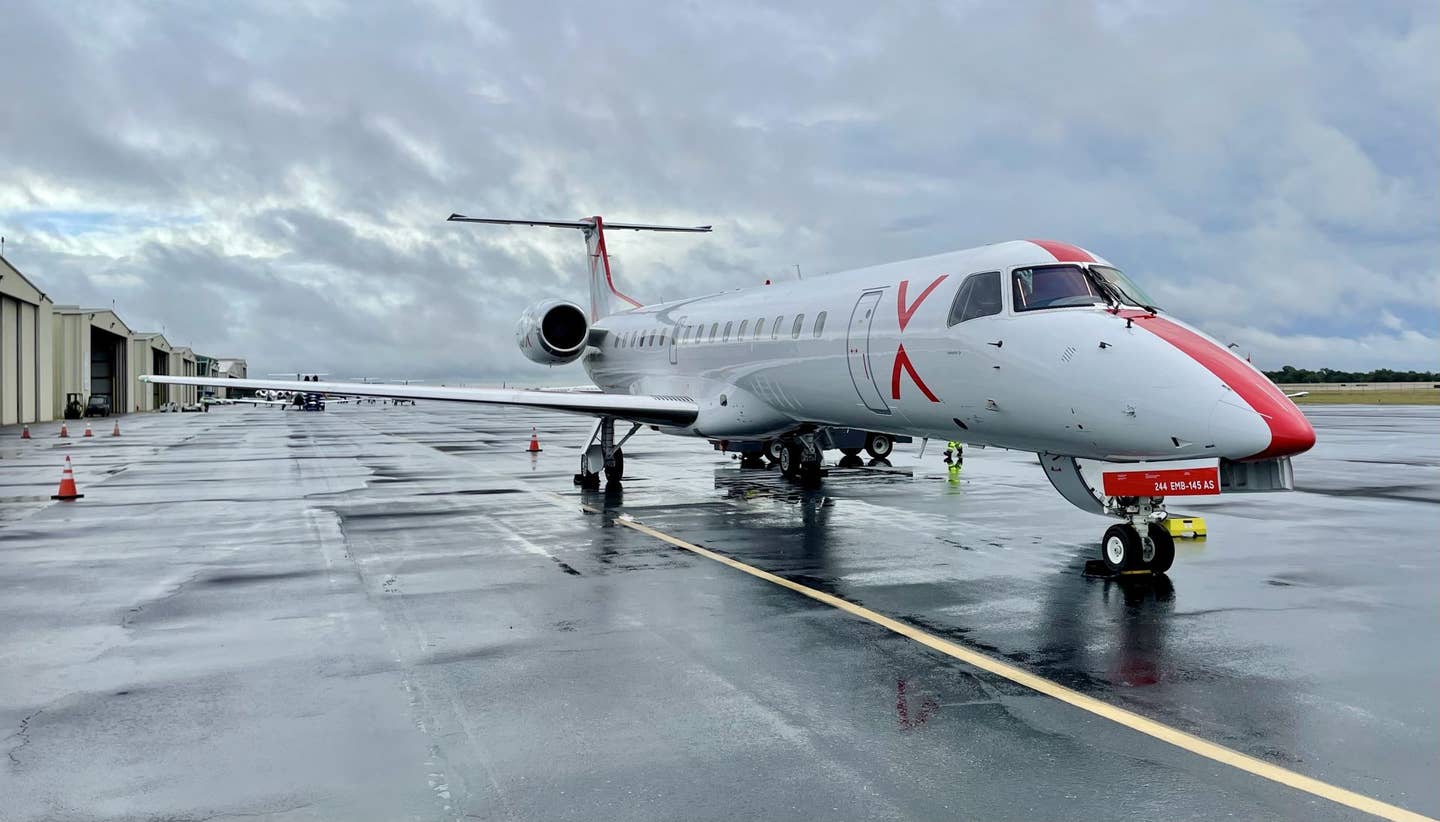WingX Reports Bizjet Activity Continues To Decline
The slump comes as charter operators face a ‘challenging environment,’ the data tracking company said.

According to WingX’s weekly analysis, global business jet activity is down by 9 percent compared to the same dates in May 2022. [Credit: Adobe Stock]
Business jet activity continues to decline amid a “challenging environment” for charter operators, according to new flight activity insights from data tracking company WingX.
According to WingX’s weekly analysis, global business jet activity is down by 9 percent compared to the same dates in May 2022. The drop is now at 5 percent compared to last year but still up 17 percent from 2019. When it comes to global scheduled airline activity, the sector is trending up 10 percent from last year but still 14 percent behind 2019 levels.
In its report, WingX found that much of the decline coincided with a challenging charter environment, citing negative optics on sustainability. While the business jet sector is no stranger to criticism regarding sustainability, climate activists continue to grow louder. Just last week, more than 100 protestors disrupted one of the industry’s biggest events of the year—the European Business Aviation Convention (EBACE) in Geneva, Switzerland. The demonstration, which called to ban private jets, led to a temporary shutdown of the airport.
Executives at EBACE responded, noting the industry is committed to reducing its carbon footprint and has already cut carbon emissions by 40 percent over the past 40 years while working to achieve net-zero emissions by 2050.
"We need to work a little bit more here in Europe because European bodies are not totally convinced…It is really a little bit against business aviation," said Éric Trappier, CEO of Dassault Aviation.
In North America, WingX statistics show business jet sectors fell 8 percent compared to the previous week, 10 percent behind the same dates in 2022. Data also reveals 59 percent of business jet flights in North America in May have been less than 90 minutes in duration—down 5 percent compared to last year but 11 percent ahead of 2019. Meanwhile, flights sitting between 1.5 to 3 hours have seen the largest increase since pre-pandemic May and are up 28 percent, while long-haul flights (clocked in at more than 12 hours) have declined the most compared to May 2022—down 31 percent.
Compared to 2019, business jet activity was up 14 percent during the Memorial Day weekend but still down when compared to last year. Conversely, scheduled airline service saw a decrease when compared to 2019 levels.
“Charter bookings for summer 2023 are reportedly strong but may suffer from a generally deteriorating macroeconomic environment,” WingX’s report stated.
The report also mentioned charter operator Jet It, noting its U.S. departures have slumped a whopping 41 percent compared to May 2022. However, that statistic may not be surprising considering the controversy surrounding the company after it suddenly grounded its fleet on May 27, terminated employees, and told owners to find a new home for their aircraft.
Research also shows European business jet activity declined 11 percent compared to the same dates last year. The trend in the past four weeks is 10 percent below the same dates in 2022 but 7 percent above 2019. France has seen departures drop 8 percent from last year while there’s been double-digit declines in the United Kingdom and Germany. Conversely, departures in Portugal are up 21 percent compared to May 2022.
Business jet departures outside of North America and Europe are trending 10 percent ahead of last year. The report shows the busiest markets have seen a decline compared to May of last year with Australia and the United Arab Emirates both down 6 percent, and Saudi Arabia down 2 percent.

Subscribe to Our Newsletter
Get the latest FLYING stories delivered directly to your inbox






